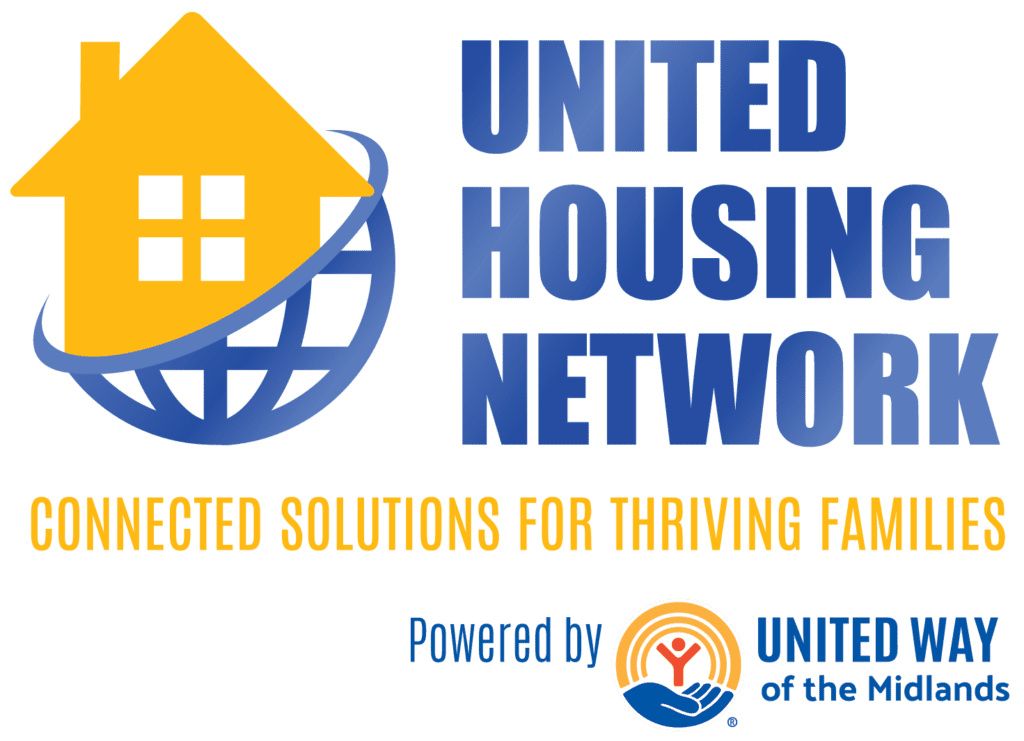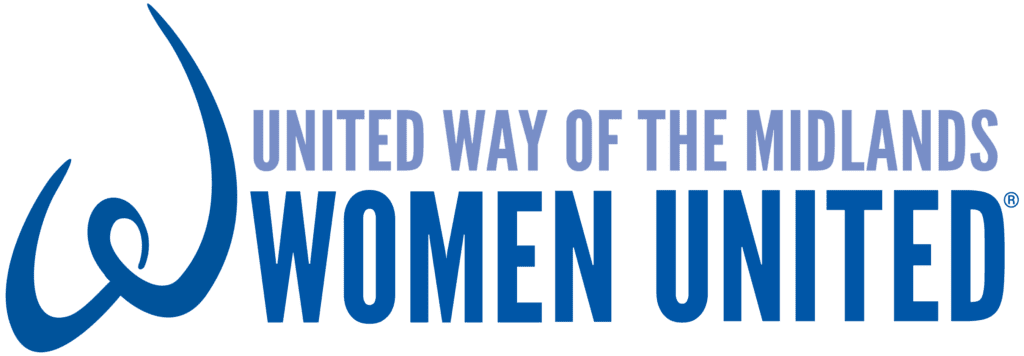United housing network

Connected solutions for thriving families
Because every family deserves a place to call home
The United Housing Network (UHN) provides immediate relief and long-term stability by adapting the nation’s leading model to keep families housed. In partnership with the Siemer Institute, Women United and local organizations, UHN offers flexible financial assistance and connects families to wraparound community support.
By stabilizing housing, we empower families to regain control, prevent future crises and build lasting financial security.
100% of donations directly support local families.


why housing matters
Without a stable home, everything else falls apart.
Housing is the foundation for a familiy’s success – impacting education, health and emotional well-being. Yet, every month in the Omaha metro, about 50 families experience homelessness for the first time.

why families need us
Rising housing costs, inflation and unexpected financial burdens push families into instability.For children, the impact of instability is profound, disrupting development and causing learning loss due to frequent school moves.
Keeping Omaha families housed is a growing concern:
- Omaha is the #7 most competitive rental market in the U.S.
- Approximately 50 families become homeless for the first time each month.
- About 1,500 families have been served through the homeless systems in the past year
- Families are struggling to make ends meet. About 40% of U.S. households can’t afford an emergency expense, meaning a single crisis puts housing at risk.

WHAT makes United housing network different
UHN is modeled after one of the most effective family homelessness strategies in the country and tailored to meet the needs of the Omaha-Council Bluffs metro.
Family-First Approach – We prioritize housing stability for families with children, helping prevent learning loss and school disruption.
Prevention Over Crisis – It’s more effective and humane to keep families housed than to help them recover after losing everything.
United Way’s Network Advantage – With 150+ nonprofit partners, in-house programs like 211, and deep ties to local schools, we connect families to what they need, fast.
Locally Led, Nationally Informed – Built in partnership with the Siemer Institute and Women United, our approach adapts proven models with community insights.

Every family deserves a place to call home - let’s make it happen, TOGETHER!
Because when families have homes, communities thrive.
HOW you can help
How You Can Help Whether you're an individual, business, or community organization—you can be part of the solution.
Join Women United
Be part of a powerful network of women making direct, local impact.
Refer a Family
Agencies can refer families to access the Family Flex Fund and housing navigation.
Donate
Support UHN’s prevention-focused model and help more families avoid the trauma of homelessness.
THE impact - transforming lives
Together, we can create a future where family homelessness is rare, brief and non-recurring.
70% of families supported by UHN remain stably housed.
100% of donations directly support families.
contact US
For more information or to get involved, reach out to Meg Blue, Vice President of Community Investments at mblue@uwmidlands.org.